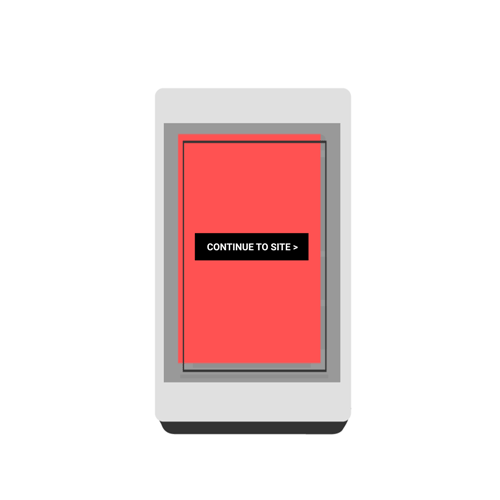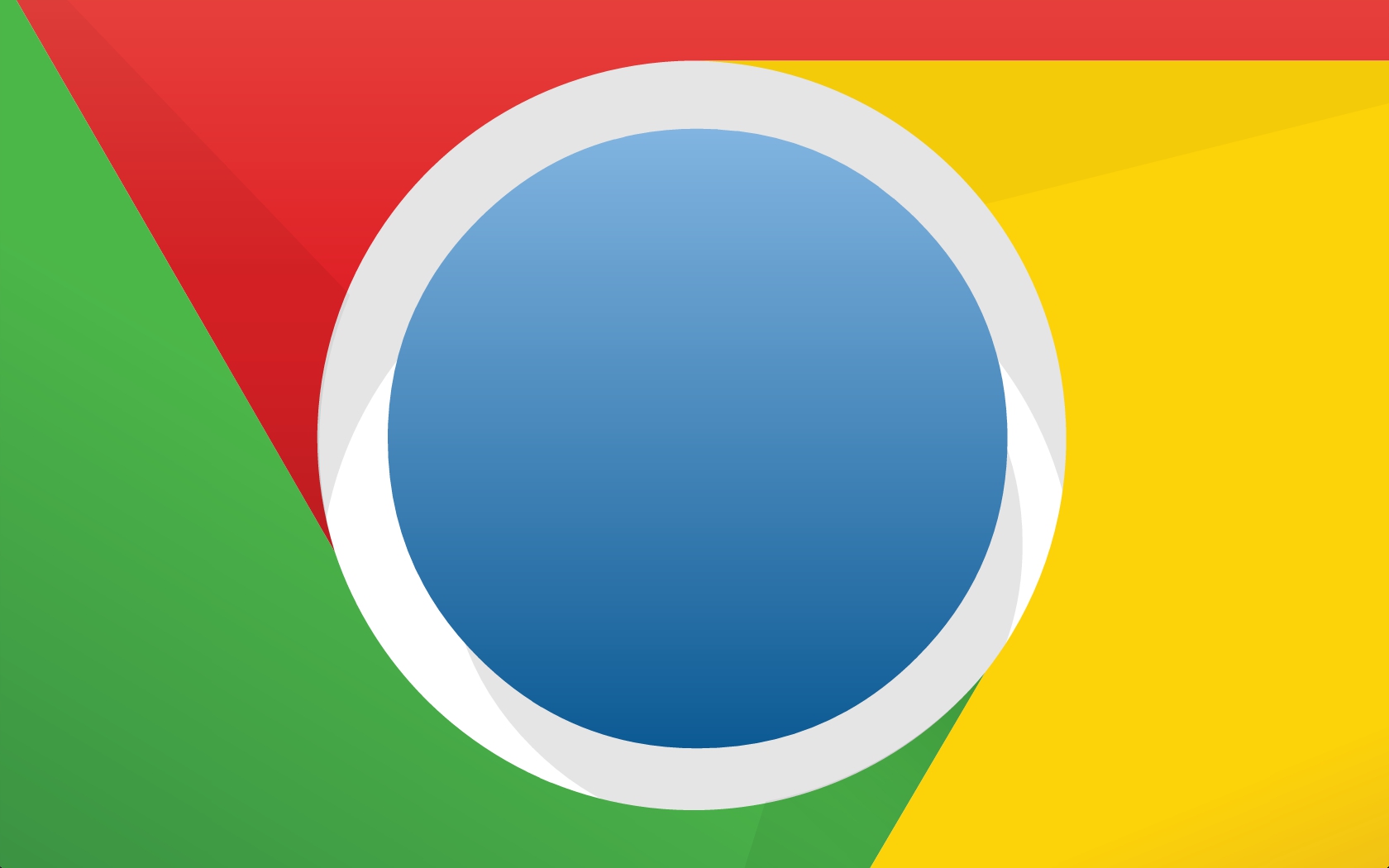Google's decision to join the Coalition for Better Ads earlier this year signaled that big changes were coming in the world of online advertising. On Tuesday, the search giant revealed exactly when those changes will go into effect.
Announced on Monday, the Coalition for Better Ads Experience Program is a voluntary initiative designed to improve the online ad experience for both consumers and publishers. The program will certify web publishers that adopt the principles of the Better Ad Standards, or those that agree not to run the most disruptive ads.
The native ad blocker that Google has built into its Chrome browser will get to work starting February 15, 2018, the search giant confirmed today.

Pop-up ads, auto-play video ads with sound, prestitial ads with countdowns and large sticky ads have all been identified as falling below the Better Ads Standard on desktops. For mobile environments, the Coalition has identified pop-up ads, prestitial ads, ads with density greater than 30 percent, flashing animated ads, auto-play video ads with sound, poststitial ads with countdowns, full-screen scrollover ads and large sticky ads as being non-acceptable.
As Venture Beat highlights, Google's timing is interesting as it doesn't coincide with the launch of a new version of Chrome (Chrome 64 is set to arrive on January 23 followed by Chrome 65 on March 6). This suggests Google will remotely activate the feature and may roll it out incrementally.
Google is taking an all-or-nothing approach with the ad blocking. If there's a single ad on a page that breaks the rules, all ads on that page will be blocked, even if the others are in compliance.
The goal seems to be for Google to cut back on users' use of third-party ad blockers that ban all ads outright. Google is in the business of serving ads, after all, so it only makes sense that they want to protect their lucrative revenue stream.
